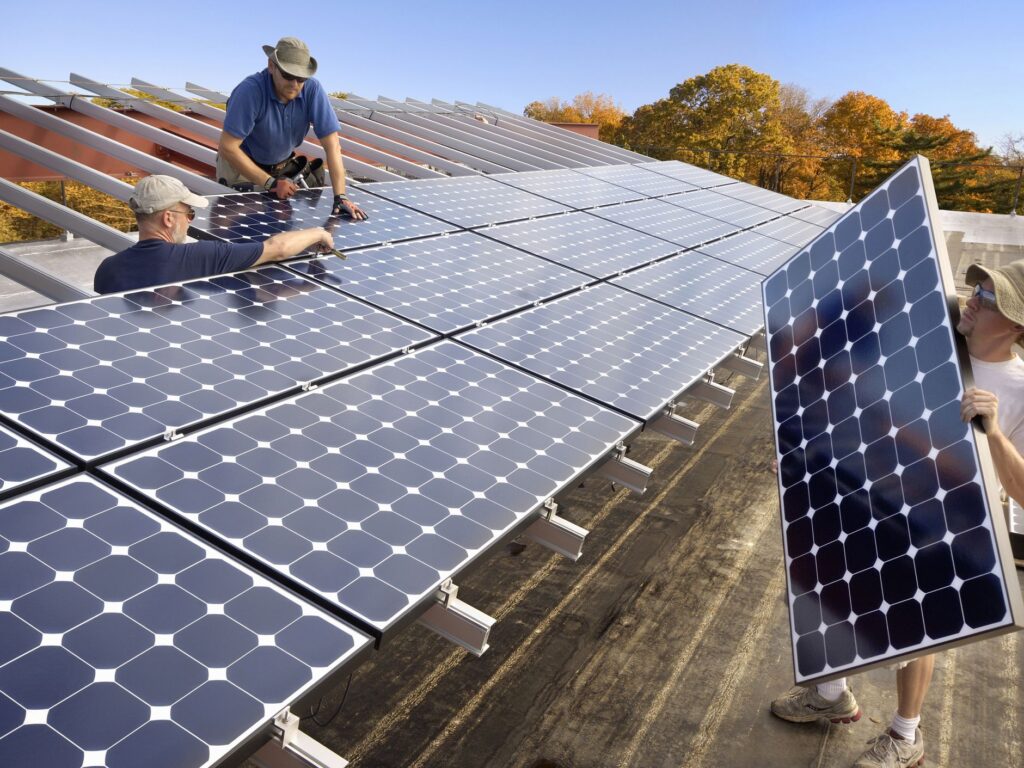While solar panels are designed to withstand various weather conditions and continue to generate electricity, adverse weather can impact their performance and may present some disadvantages.
- Reduced Energy Production: Severe weather conditions such as heavy cloud cover, rain, snow, or storms can reduce the amount of sunlight reaching the solar panels. This, in turn, lowers the energy production of the solar system during adverse weather periods.
- Hail Damage: Hailstorms can potentially cause physical damage to solar panels. Although solar panels are typically built to withstand hail, extremely large hailstones can lead to cracked or broken solar cells, affecting the overall efficiency of the system.
- Snow Accumulation: Accumulation of snow on solar panels can block sunlight and reduce energy production. While many solar panels are designed to be self-cleaning to some extent, heavy snowfall may require manual removal to restore optimal performance.
- Wind Loading: Strong winds, especially during storms or hurricanes, can exert significant force on solar panels. Poorly installed or inadequately secured panels may be at risk of damage or displacement, impacting both their performance and longevity.
- Temperature Effects: Extreme temperatures, whether high or low, can affect the efficiency of solar panels. High temperatures can reduce the efficiency of some types of solar cells, while very low temperatures may affect the fluidity of certain components in the system.
- Corrosion in Coastal Areas: Solar panels installed in coastal areas are exposed to salty air, which can lead to corrosion of metal components, including frames and electrical connections. Regular maintenance and the use of corrosion-resistant materials can help mitigate this issue.
- Lightning Strikes: In areas prone to lightning, solar panels may be at risk of damage from direct strikes. Proper grounding and lightning protection systems are essential to minimize the risk of damage to the solar panel system.
- Maintenance Challenges: Adverse weather conditions can make routine maintenance more challenging. Climbing onto roofs or accessing solar arrays during extreme weather may be unsafe, leading to delays in maintenance tasks.
It’s important to note that advancements in solar panel technology and installation practices aim to mitigate these issues. Proper system design, robust mounting structures, and adherence to building codes and standards can help enhance the resilience of solar panels to adverse weather conditions. Additionally, regular maintenance and monitoring can help identify and address potential issues early on.


